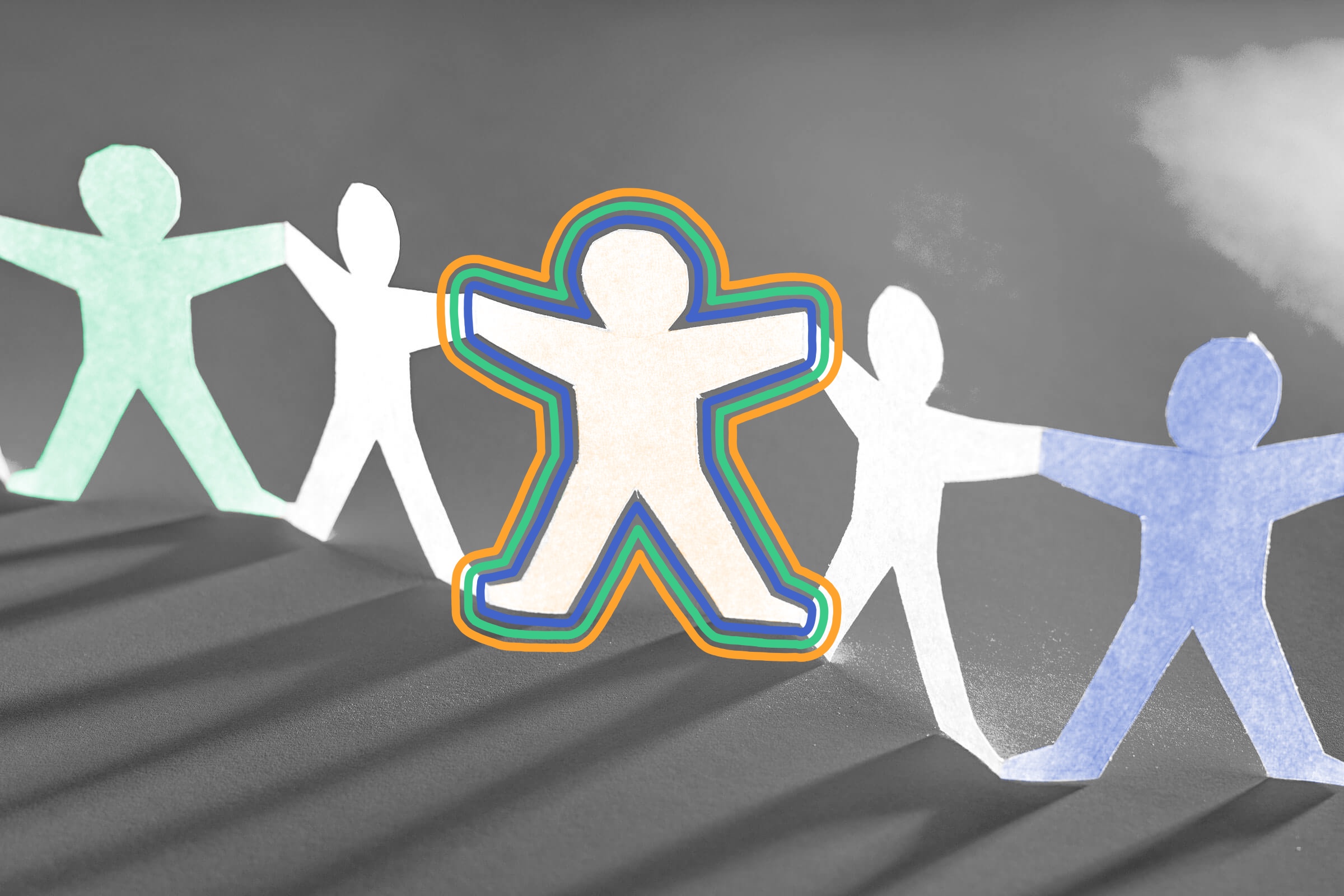| Our diversity is part of what makes human beings special. Yet as far as our genes are concerned, we're all fairly similar: Humans share 99.9% of their genes with one another. To put this into perspective, bonobos and chimpanzees — the closest relatives to humans in the animal kingdom — share approximately 98.8% of their genes with humans. Clearly, even small differences in genetic similarity can have a major impact. That may be especially true when it comes to human health. According to the National Institutes of Health, nine of the 10 leading causes of death in the U.S. (barring accidental deaths) are influenced by our genetics, and variations among individuals can mean significantly varying health outcomes. In the 21st century, advances in our understanding of the human genome — thanks to the completion of groundbreaking scientific studies including the Human Genome Project — have pushed medicine into the genetic frontier. Now doctors can screen newborns for genetic abnormalities and sometimes use gene-based therapies, while nutritionists are using genomics to tailor diets to specific genetic dispositions. According to some, the future of medicine is in our genes. | 






No comments:
Post a Comment